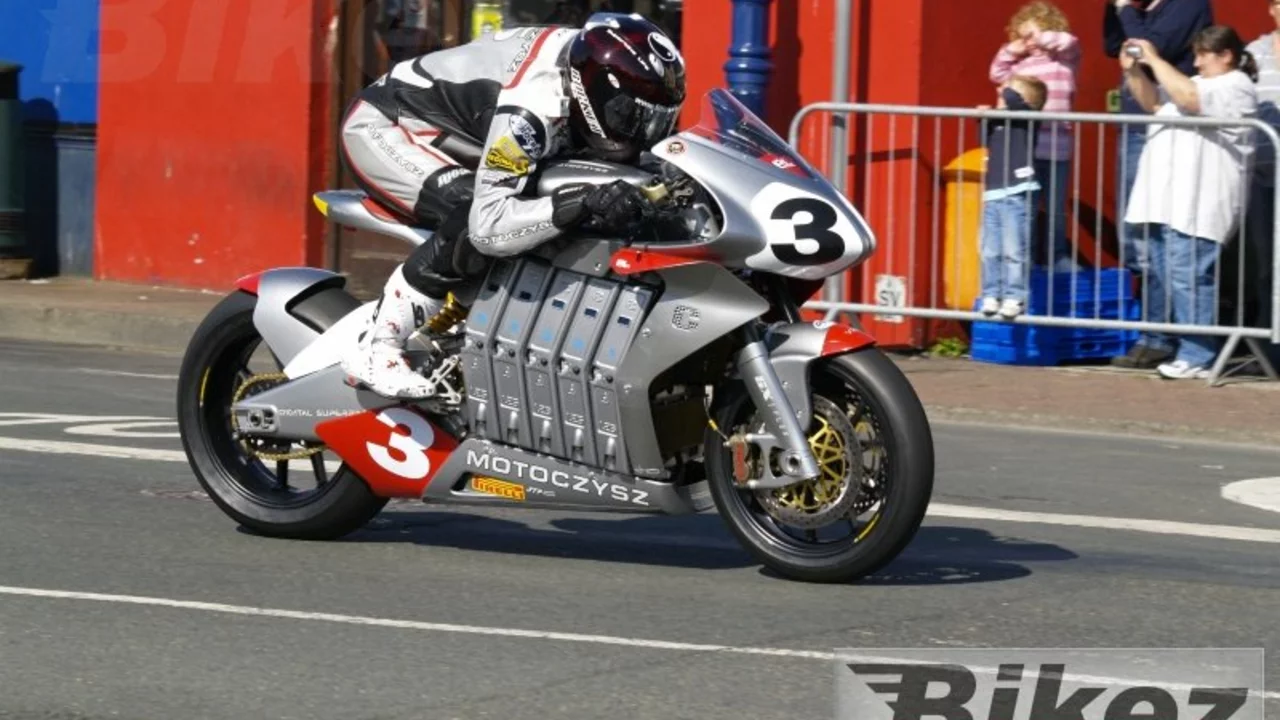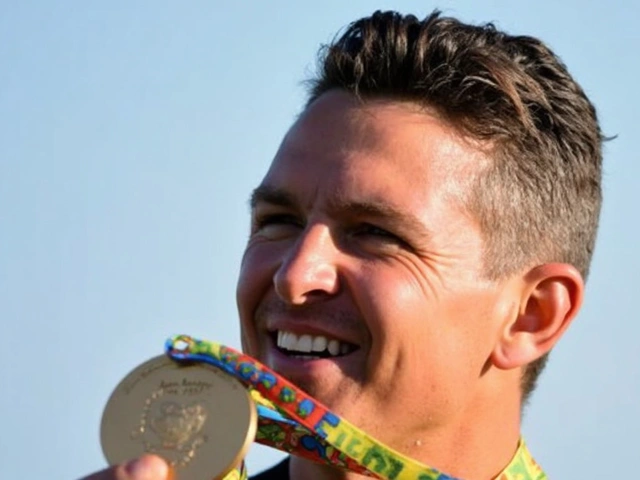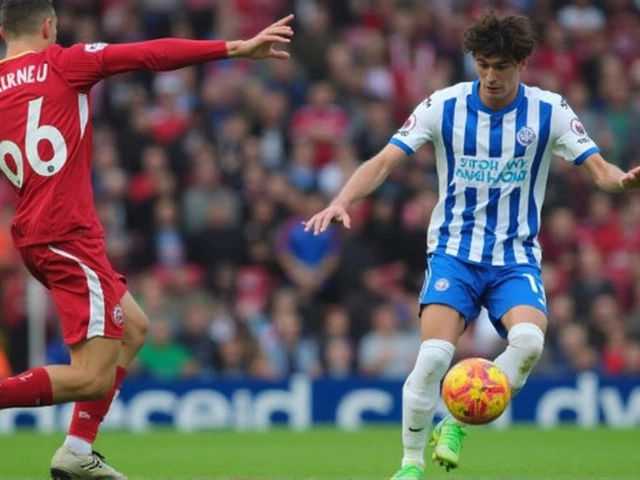Motorcycle Racing: What You Need to Know to Get Started
Ever watched a bike zip around a track and thought, "I could do that"? You’re not alone. Motorcycle racing blends speed, skill, and adrenaline in a way few sports can match. Whether you’re a casual fan or ready to strap on a helmet, this guide breaks down the essentials in plain language.
What is motorcycle racing?
At its core, motorcycle racing is a competition where riders ride on a closed circuit, an off‑road track, or a city street and try to finish first. The most famous series include MotoGP, the premier road‑racing league, and Superbike, which uses modified production bikes. Off‑road fans might follow motocross, enduro, or the rugged Isle of Man TT. Each discipline has its own rules, bike setup, and riding style, but the goal stays the same: be the quickest while staying safe.
Races are timed, usually over a set number of laps. Riders line up on a grid, wait for the lights, then launch into the first corner. The fastest lap time can be just a few seconds quicker than the next rider, so every corner, braking point, and gear change counts. Riders wear full leather gear, a certified helmet, gloves, and boots to protect against the high speeds – often over 150 mph on a straight.
How to start racing your own bike
First thing: get a proper license. In the UK, you’ll need a Category A motorcycle licence, which you earn after a theory test and practical training. Many clubs run ‘track days’ where beginners can try a bike on a safe, closed circuit with an instructor watching.
Next, pick the right bike. You don’t need a $30,000 MotoGP machine. A middle‑weight sport bike like a Yamaha YZF‑R6 or Kawasaki Ninja 650 works great for learning. Look for a bike that fits your size; you should be able to place your feet flat on the ground when seated.
Invest in gear that meets safety standards – a full‑face helmet, leather or reinforced textile jacket, and boots with ankle protection. A good pair of gloves can make a huge difference in handling the bike.
Practice the basics on a quiet road or a closed course: smooth clutch control, smooth braking, and body positioning. Once you’re comfortable, join a local club. Clubs host regular meet‑ups, coaching sessions, and organized races for newcomers. Racing isn’t just about speed; it’s about learning race etiquette, corner entry techniques, and how to read other riders.
Finally, stay consistent. Track days, fitness work, and watching race footage help you improve. The community is friendly – ask for tips, share experiences, and enjoy the ride. Motorcycle racing can be a thrilling hobby or even a career if you put in the effort. So, are you ready to rev up and hit the track?





